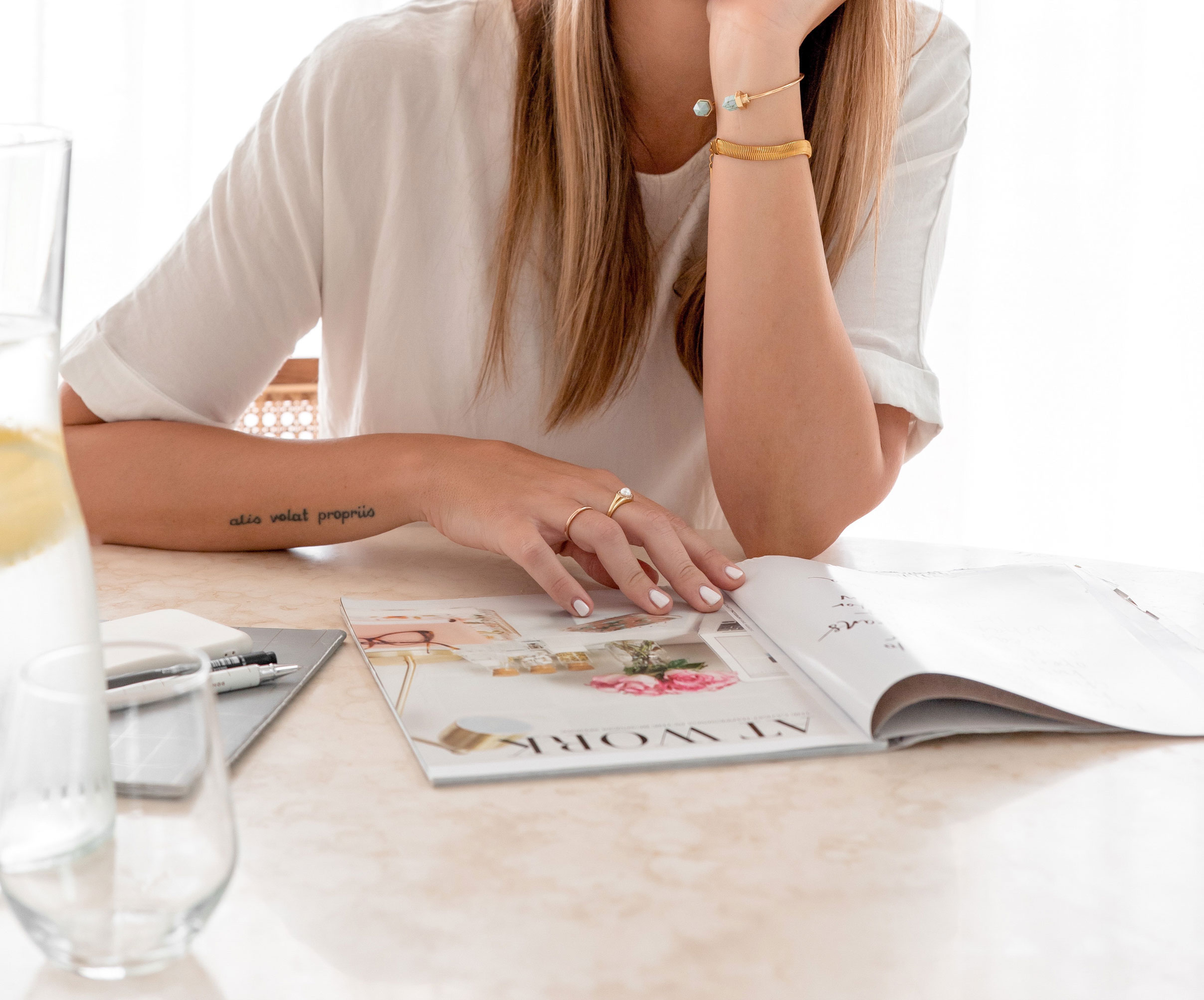I get this question often – really whenever I tell someone that I run a business in digital publication design. The traditional part of our brains immediately thinks “books” “newspapers” “magazines,” and thinks of a publisher in the same vein as a publishing house, or a high level executive in a publishing house.
None of the above are wrong, but the definition of publishing has broadened over the years. If you communicate in written form, whatever your title and job description or years of experience, you’re a writer. Because you write. And if you have a website, you’re a publisher. You have a platform through which you publish written work.
We’re living in a time where the door is wide open for anyone to be published; to share their thoughts or ideas with the world and create a connection through writing. People are publishing at a rapid pace using their own online publishing platforms; a non-exhaustive list which includes websites, e-newsletters, Facebook pages, Twitter streams and blog posts.

the visual story-telling process
So what is my role, as a digital publication designer? Publication design is a part of the visual story-telling process. It’s about arranging your words and images on a page layout, to tell your story in a visually and aesthetically pleasing way.
If you’ve written a story, a how-to guide, a free promotional material or content for a course packet, these are all pieces that can strongly benefit from digital publication design.
The way your content is arranged on a page affects readers’ interest and absorption. Do you have 700 words crammed on your page in 8 point text? Or do you have clear paragraphs, white space, imagery, columns or bullet points, and a font size that prevents boredom and squinting? Do you have chapter or overall book themes that tie your work together?
Clear layout design enables the reader to relax
Clear layout and typography design enables the reader to relax as they read, by visually distinguishing between paragraphs and topics, by making use of pictures, illustrations, graphics or diagrams, and supporting your work so that it shines, inspires, shocks, or informs as you intended.

Some 65% of people are visual learners, meaning that they engage with and retain information better when it includes visuals. And 90% of the information received by the brain is visual. If you give that some thought, it’s easy to understand the importance of digital publication design, when so many of us rely on visually appealing and well-arranged content in order to focus, retain and absorb what we’re reading.
With the effort and energy you’ll invest in creating your written work, it’s important to ensure that your readers absorb your content and enjoy the experience.




+ COMMENTS